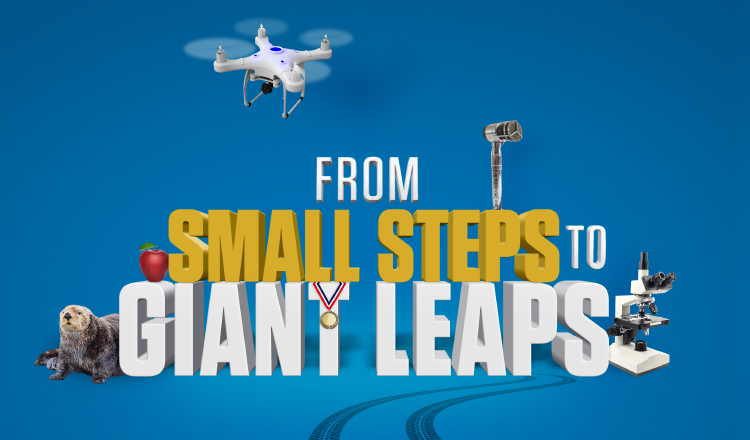Engineering
— ENGINEERING —
Golden Gate Bridge
As a recent college graduate, Charles Alton Ellis was among the engineers who collaborated on the construction of the Golden Gate Bridge, which opened in 1937. Ellis, who later joined the Purdue faculty as a professor of structural engineering, was not credited for his work on the bridge for 70 years, despite helping design, in his own words, “every nut and bolt on the darn thing.”

— ENGINEERING —
Hoover Dam
Irrigation expert Elwood Mead (E’1882, MS E’1888, HDR E’1904) served as the chief engineer behind the construction of the Hoover Dam. The dam’s reservoir, Lake Mead — the largest man-made reservoir in the US — bears his name.

— ENGINEERING —
Heating Systems
David Crosthwait Jr.’s (ME’1913, HDR T’75) inventions improved the heating systems in larger buildings. His reputation for innovative solutions earned him the commission to design the heating system for Radio City Music Hall in New York City. During his career, Crosthwait received 39 patents for heating systems, vacuum pumps, refrigeration methods, and temperature regulating devices. After retiring in 1971, he returned to Purdue to teach a course on steam heating theory and control systems.
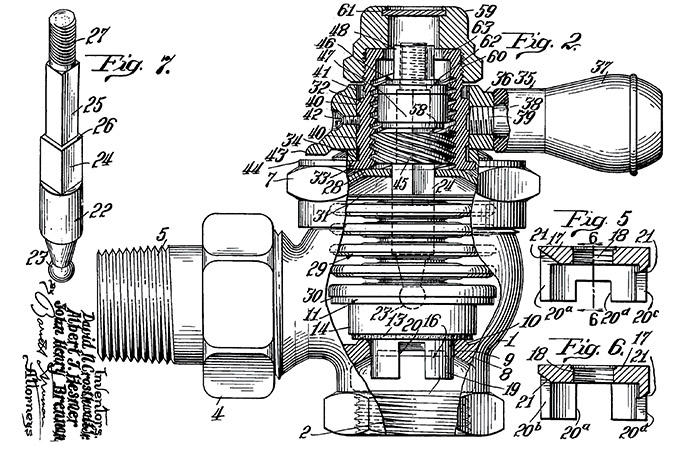
— ENGINEERING —
National Society of Black Engineers
The National Society of Black Engineers emerged from a Purdue organization called the Black Society of Engineers, started by undergraduates in the early 1970s. Six men, dubbed the Chicago Six, brought the movement to a national level with the official formation of the NSBE in 1975. Today, NSBE has more than 30,000 members world- wide and offers scholarships, leadership training, and professional development, and promotes career opportunities.
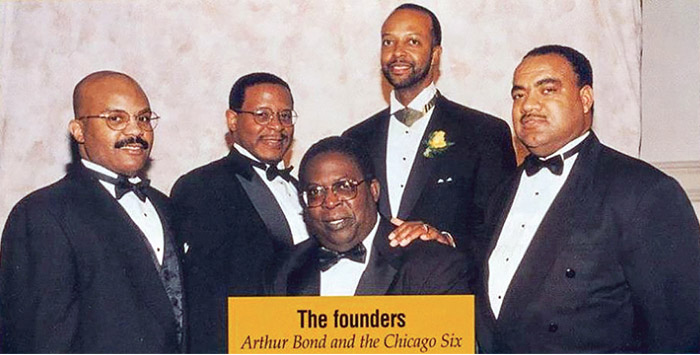
— ENGINEERING —
Women in Engineering
Established in 1969, the Purdue Women in Engineering Program was the first of its kind in the nation and has been a model for such programs at other universities. Since then, the enrollment of women in the College of Engineering has increased from less than 1 percent to 25 percent.
— ENGINEERING —
EPICS
EPICS is a unique program in which teams of undergraduates are designing, building and deploying real systems to solve engineering-based problems for local community service and education organizations. EPICS was founded at Purdue University in Fall 1995 and has since spread to a diverse group of Universities in the United States and abroad, as well as to a number of K-12 programs.
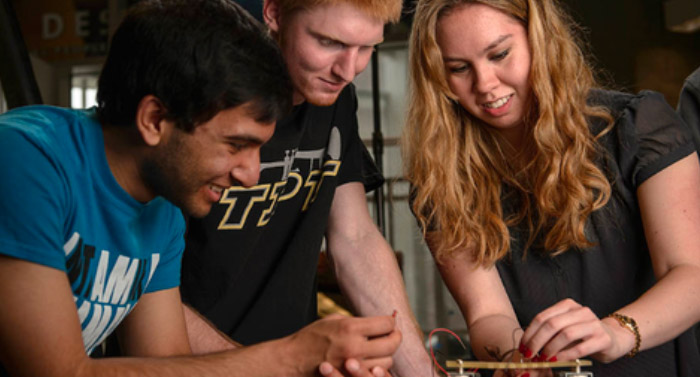
— ENGINEERING —
Corliss Stationary Steam Engine
The introduction of a Corliss stationary steam engine to campus in 1890 revolutionized the way students were able to do research. The Schenectady locomotive weighed 85,000 pounds and was built in New York for $4,000. W.F.M. Goss, the father of Purdue Engineering, created the world’s first locomotive testing lab. It gave students the opportunity to become leaders in railroad locomotive engineering and technology.
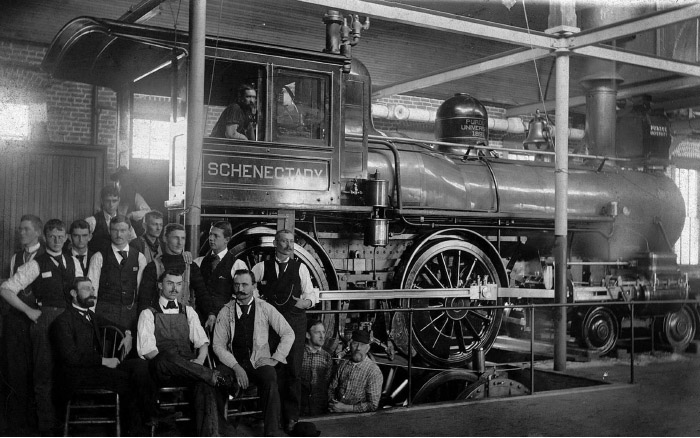
— ENGINEERING —
Air Brakes
Purdue was at the forefront of technological innovations in its locomotive testing facilities. An air brake system designed there was eventually required on all trains in the United States; it allowed all cars of a train to brake simultaneously, lessening the chance of derailment.
— ENGINEERING —
Concrete Bridges
Abraham Burton Cohen (CE’1905) was noted for his innovative concrete bridges, such as the Tunkhannock Viaduct in Pennsylvania, the world’s largest concrete structure when it was completed in 1913. That structure and another by Cohen, the Harrison Avenue Bridge in Pennsylvania, are on the National Register of Historic Places.
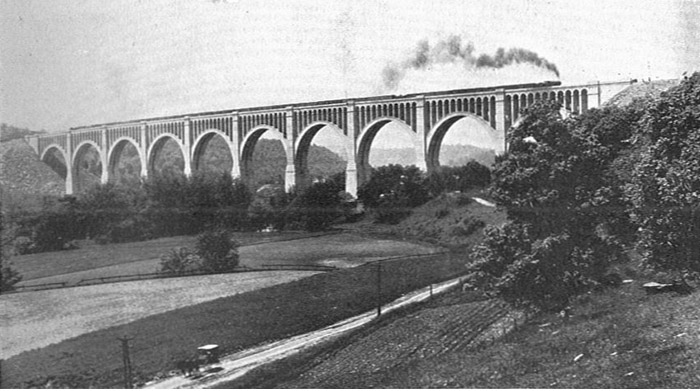
— ENGINEERING —
Phi Sigma Rho
Abby (McDonald) Schwartz (ECE’87) and Rashmi (Khanna) Drummond (ChE’87, MS ChE’89) were both engineering students when they realized the time needed for their studies made inclusion in Greek life difficult. They joined forces to form a social sorority that could work around the time demands of their studies. In 1984, Phi Sigma Rho was born at Purdue; it has grown to more than 40 chapters with more than 8,000 women in the sisterhood.
— ENGINEERING —
Nuclear Power
Researchers in Purdue’s School of Nuclear Engineering designed and still operate the only facility in the country used to test the design of the next generation of nuclear reactors. The Purdue University Reactor No. 1 (PUR-1) is the first and only nuclear reactor in Indiana. Located three stories underground in the Duncan Annex of the Electrical Engineering Building, it is licensed to produce up to 1 kilowatt of thermal power, comparable to the energy demand of a hair dryer or a toaster.
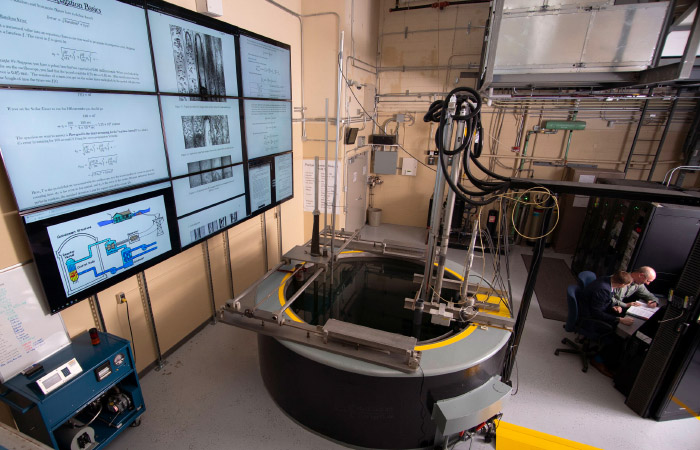
— ENGINEERING —
Blue-Green Laser Diode
In 1991, scientists from Purdue and Brown Universities developed semiconductor lasers that operate in the blue- green rather than the red and infrared area of the spectrum. Because of its significantly smaller wavelength, the blue-green technology led to increased storage capacity for computers as well as flat-screen televisions.
— ENGINEERING —
Cable Stayed Bridges
Fritz Leonhardt (HDR’80) made significant innovations in the field of 20th-century bridge engineering, specifically cable-stayed bridges. His book Bridges: Aesthetics and Design is noted in the field.
— ENGINEERING —
LEDs
Jerry Woodall, formerly the Epstein Distinguished Professor of Electrical and Computer Engineering, is known for his development of compound semiconductor materials and devices, including bright-red LED lights found in brakes and traffic signals and the LED technology used in remote controls, for which he received the National Medal of Technology in 2001. The recipient of 67 US patents and hundreds of awards, Woodall researched at Purdue from 1994 to 1998, returning as director of the Burton D. Morgan Center for Entrepreneurship in 2005 and remaining at the University until 2012.
— ENGINEERING —
Cell Phone Technology
Henry T. Sampson Jr. (ChE’56), the first African American to earn a doctorate in nuclear engineering in the US, was awarded a patent in 1971 with George H. Miley for the invention of the gamma-electric cell, a direct-conversion energy device that converts the energy generated from the radiation of high-energy gamma rays into electricity. The discovery led to the pioneering technology used in the first cell phones.
— ENGINEERING —
Earthquake Resistance
Charles Pankow (CE’47) is credited with helping develop technology that effectively withstands earthquakes. The Precast Hybrid Moment Frame outperforms structural steel. The system is well-known for its use in the Paramount, a 40-story apartment tower in San Francisco, among other structures.
— CHEMICAL ENGINEERING —
Biofuels
Nancy Ho (PhD S’68), professor emerita of chemical engineering, was awarded the National Medal of Technology and Innovation in 2016 in recognition of her work to improve industrial microorganisms to effectively produce biofuels from plant materials such as corn stalks, wheat straws, wood, and grasses.
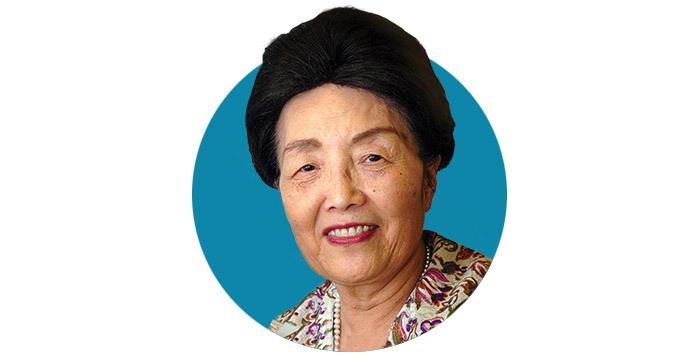
— CHEMICAL ENGINEERING —
Renewable Energy
Rakesh Agrawal, the Winthrop E. Stone Distinguished Professor in the School of Chemical Engineering, holds 125 US patents and more than 500 international patents for his work in energy efficiency, electronics manufacturing, and the production of liquefied gas, earning him the National Medal of Technology in 2010. His current work focuses on the production and transportation of renewable energy.


